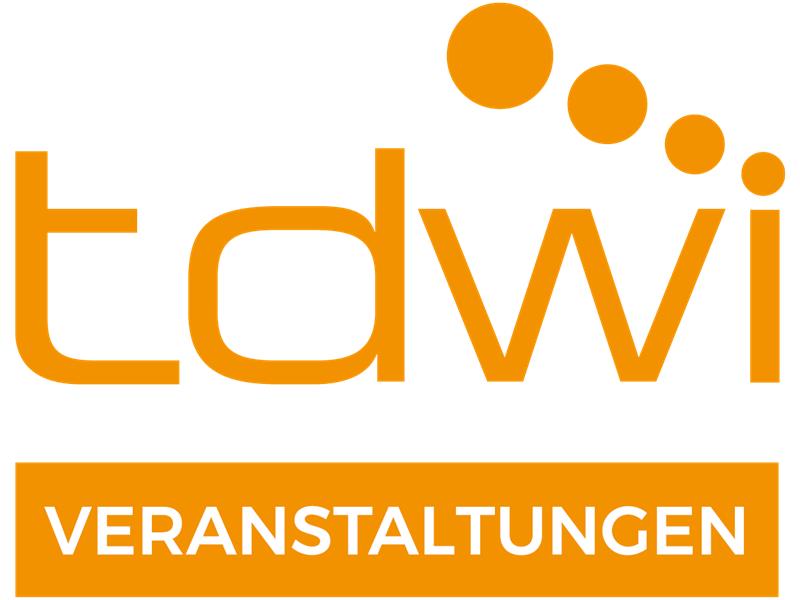Align with Willibald towards an Ensemble Logical Datamodel
The ELM approach is a new way to get the business requirements analysis for your data warehouse and data architecture and a perfect fit to model your Data Vault.
This presentation will mimic the 6 steps needed to guide Samen- und Pflanzenhandel Willibald from their business case towards an Ensemble Logical Model – the ELM approach. Each of the 6 steps can be seen as a small part of the combined journey of business and IT as described in the ELM approach. When the Willibald case came available, we applied our ELM approach and, apart from mimicking workshops, used all our templates as a guide towards a Data Vault model based upon the Willibald business and not upon the available source systems.
The ELM approach consists of a series of 2-4 workshops with the business people and using templates to discover the Core Business Concepts – that is what is important for the organization – and their relationships. All of the 6 steps will also communicate and document what is important for the organization from a non-technical perspective and help to understand the Ensemble Logical model fit to implement the Data Vault.
If you ever asked yourself How can I get the business user to actively involved? How do I get requirements about which data should be integrated? And how should it be done from a business perspective?
Well, you will find answers here.
Vice President of international programs
Remco Broekmans is the vice president of international programs for Genesee Academy. He works in Business Intelligence and Enterprise Data Warehousing as a trainer, facilitator, advisor and speaker with a focus on modeling and architecture including Ensemble and Data Vault modeling. He works internationally and is based in the Netherlands.
Specialties: Information Management and Modeling, Ensemble Modeling, Data Vault Modeling, Agile Data Warehousing, Education and Business Development


